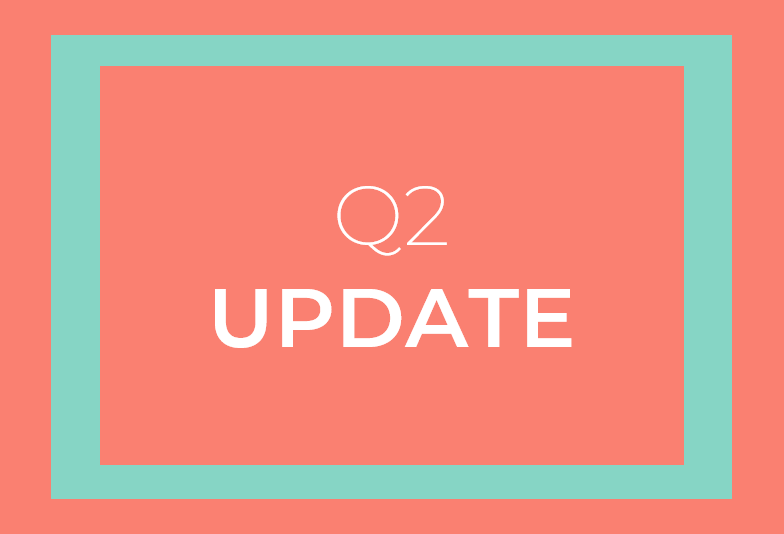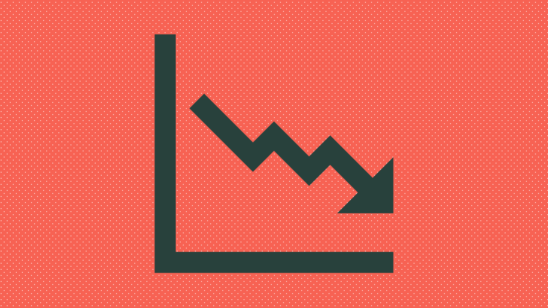
🚨 NEW: Updated Q2 July 2021 Forecasts4 min read
A very warm welcome to Humanitarian Funding Forecast! It’s likely this is your first time on the website, as we’re still very new, so let’s outline how this whole forecast thing works.
We’ll be updating the website on a quarterly basis. We’ll be publishing new forecasts for nearly every humanitarian sector. What this means is we update the website at the start of the year (our start of year, or Q0 forecast), and then every subsequent quarter after we’ve got more data on how the year is going. Therefore, we’ll produce a Q1 forecast in April (after we’ve got Jan – Mar data), a Q2 forecast in July (after we’ve got Jan – Jun data), and a Q3 forecast in October (after we’ve got Jan – Sep data).
The latest update (as of July 2021) is our Q2 forecasts. It takes into account our initial forecast (Q0), which feeds in historic data, and it also takes into account how things are going this year. All sector pages are updated with the new forecasts, so head on over to those pages to get a deep dive on individual sectors.
On this page, we want to highlight three things that stood out to us in the updated Q2 forecasts.
Nearly all sectors are behind equivalent points last year
At the end of June 2021, nearly all sectors are behind the same point in 2020 in terms of funding received. This ranges from the Coordination and Support Services sector (which is only down 3%), to the Health sector (which is down 64%).
Some sectors had been performing well compared to 2020, such as Early Recovery which was 51% ahead of 2020 in April, or Food Security which was 31% ahead in March. However, by the end of June 2021, even the sectors in the positive numbers had drifted into the negative.
The two sectors not shown on the graph are Emergency Telecommunications, which is 24% down on the equivalent 2020 value, and Agriculture, which is the only sector ahead of its 2020 value (+74%).
Nearly all of our forecasts have been revised down
As we said at the start of the story, we produce forecasts every quarter. That allows us to see how forecasts have changed over time. The two graphs below show how the current forecast compares with our previous forecast (both in red), and the 2020 funding received. We’ve split the sectors out into two graphs – low and high value sectors.
Looking at lower value sectors, a few things stand out. Firstly, nearly all forecasts have been revised down (compare the two red dots). The only low value sector not revised down is Emergency Telecommunications, and the difference between forecasts there is marginal. Secondly, most sectors are forecast to receive less than last year, with Coordination, GBV, and Logistics being the exceptions. Thirdly, the biggest drop in forecast is for Child Protection, which was revised down by $44m. This is due to a very poor first two quarters for Child Protection, which only received $29m by the end of June 2021.
The situation for high value sectors isn’t much better. All forecasts have been revised down in the latest quarter. The situation is particularly acute for Health which sees its forecast revised down by over $430m. This isn’t necessarily surprising, as 2020 may have been an exceptionally ‘good’ year for the Health sector in terms of funding.
Previously, we thought that Education, Nutrition, WASH, and potentially Protection would surpass their 2020 values. However, our most recent forecast puts all high value sectors as receiving less funding this year than in 2020.
Not many sectors are forecast to reach even 50% of the funding required
Realistically, only four sectors have a feasible chance of reaching 50% of their funding requirement. On the upside, many sectors do have a possiblity of reaching 25% of the funding requirement – but that’s scraping the absolute bottom of the barrel for a positive.
There are only two sectors with a very high likelihood of reaching 50%. The first of these is the Emergency Telecommunications sector – which is a low value sector and hence ‘easier’ to meet 50%. The second of these is the Food Security sector, which is the largest sector of all and has reached 50% of their requirement every year in the last five years.
Methodology
Head over to our Forecast Methodology page for more technical information on how our forecasts work.


